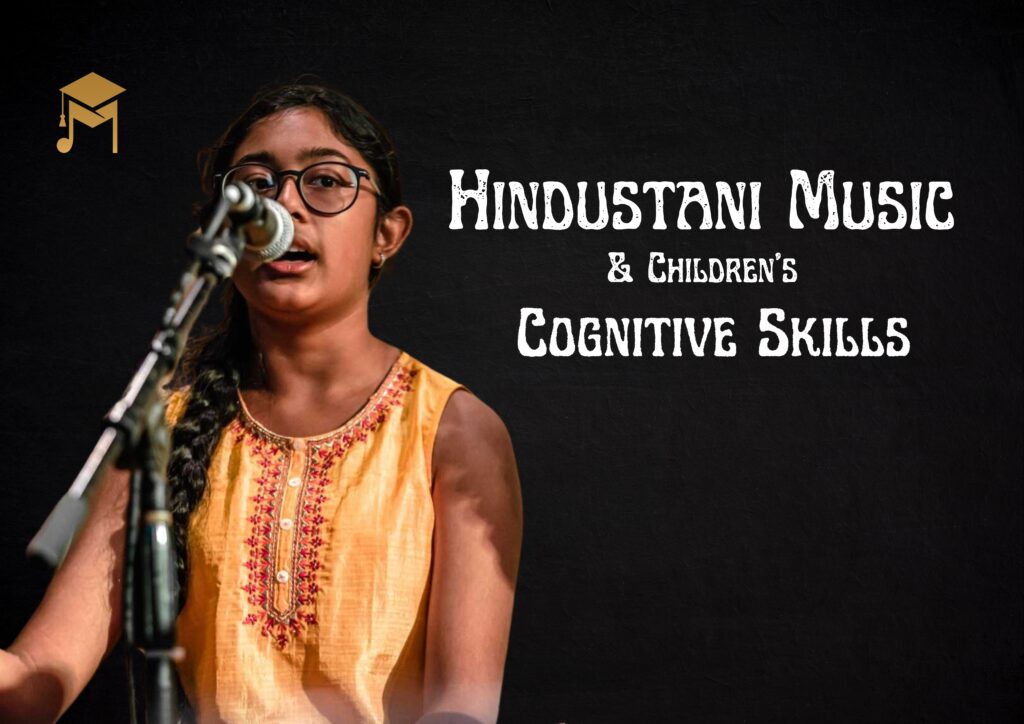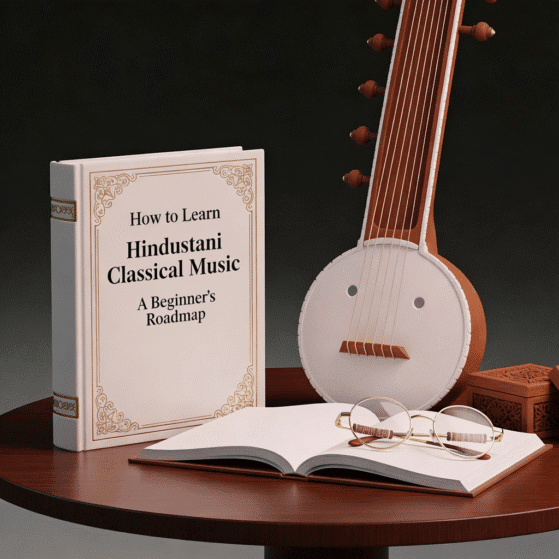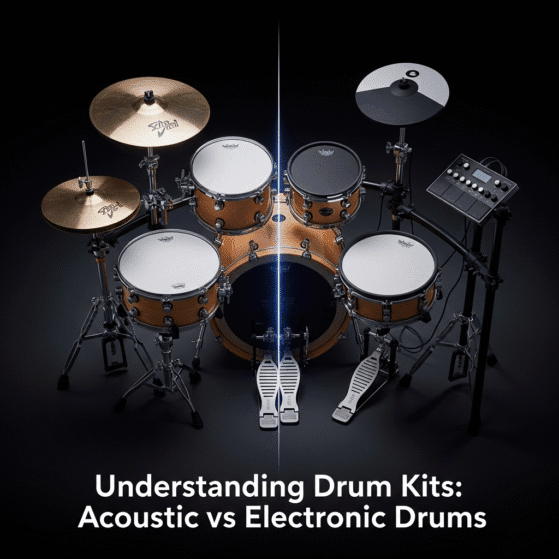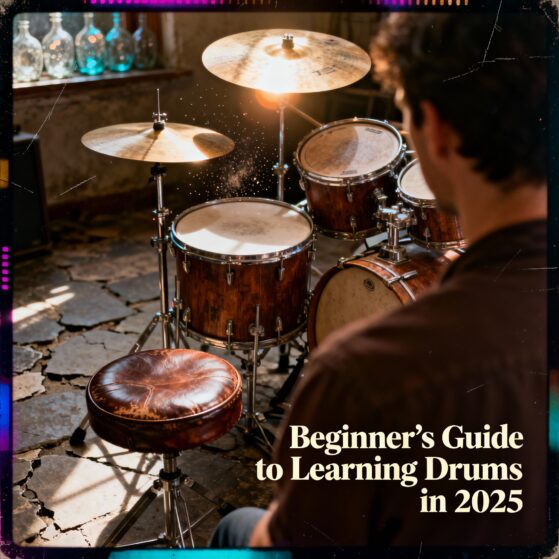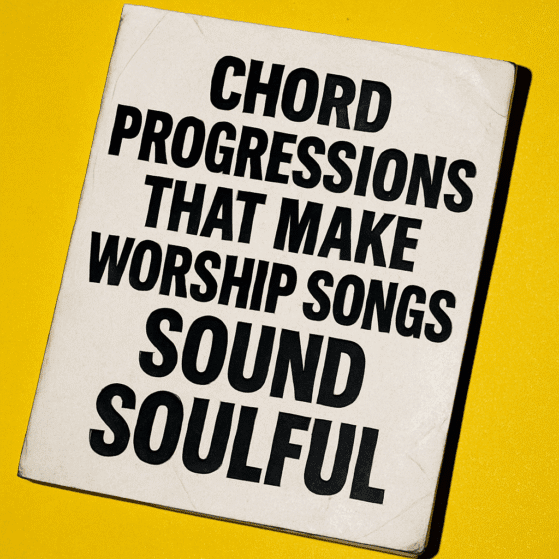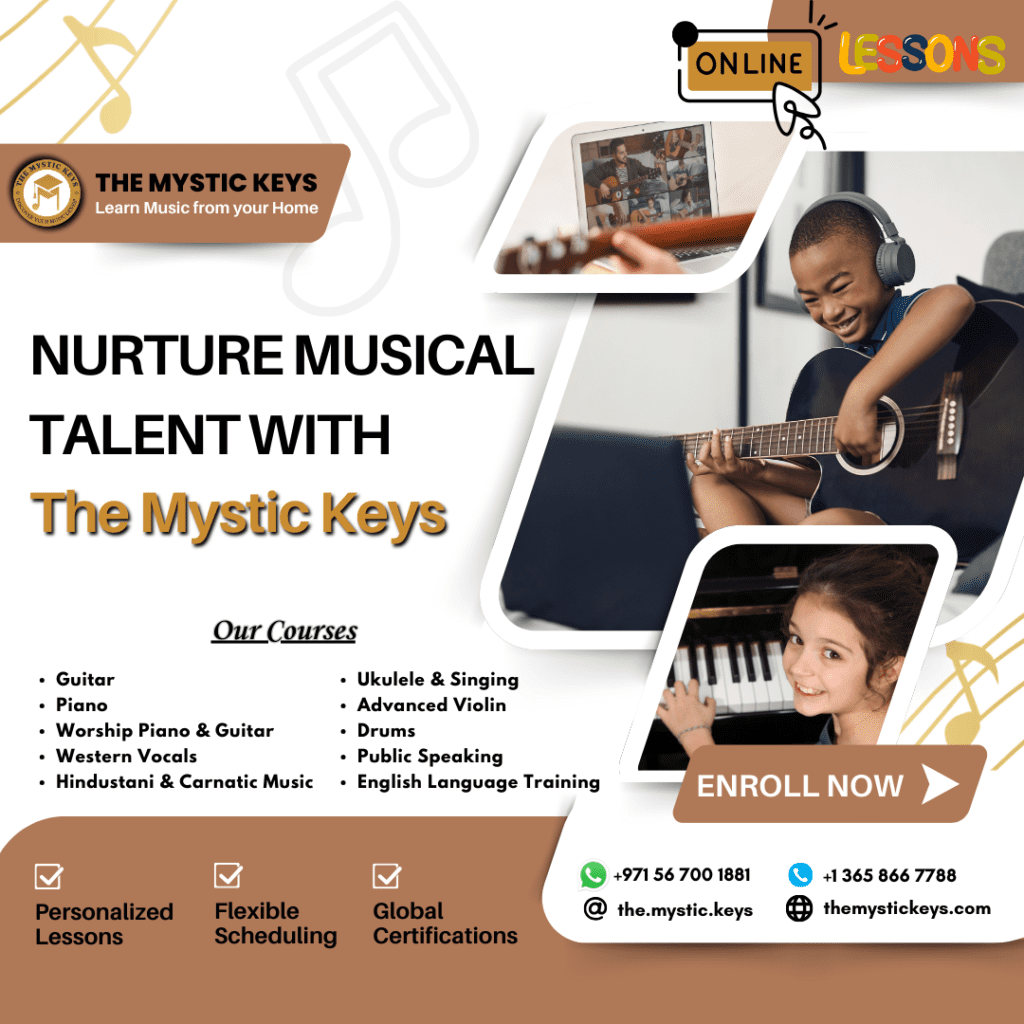How Hindustani Music Boosts Children's Cognitive Skills
Hindustani classical music is a rich and intricate tradition that has evolved over centuries. It is not only a feast for the ears but also a powerful tool for cognitive development in children. This ancient form of music originates from the northern regions of the Indian subcontinent. It encompasses a range of melodic and rhythmic complexities. These complexities can significantly enhance cognitive abilities in young learners. In this blog, we will explore how Hindustani classical music fosters cognitive growth in children. We will also discuss why integrating this art form into their lives can be incredibly beneficial.
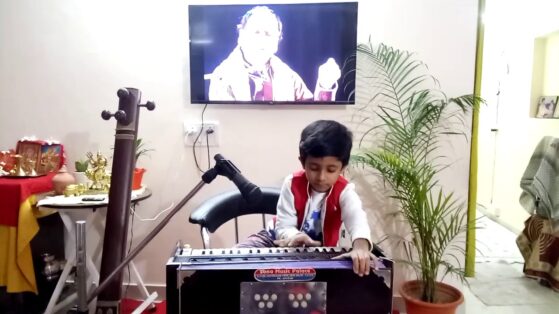
The Complexity of Hindustani Classical Music
Hindustani classical music is known for its intricate ragas (melodic frameworks) and talas (rhythmic cycles). Each raga is associated with specific emotions and times of the day, while talas consist of complex patterns that can be both repetitive and variably intricate. This complexity provides a rich environment for cognitive stimulation. Children exposed to such music learn to recognize and appreciate subtle variations, enhancing their pattern recognition skills and auditory discrimination.
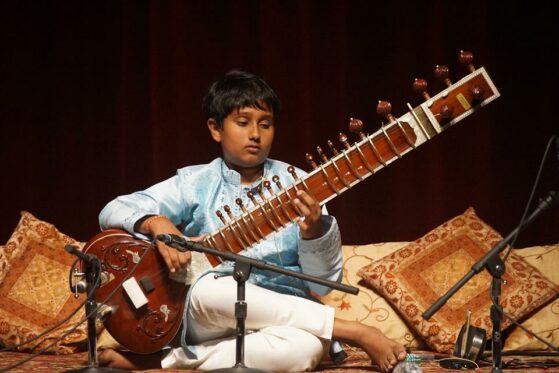
Improvement in Memory and Concentration
Learning and practicing Hindustani classical music involves memorizing intricate ragas and talas, which requires considerable mental effort. Children who engage with this music form often develop better memory retention as they practice remembering sequences of notes and rhythms. Additionally, the focus required to master the various aspects of Hindustani classical music helps improve concentration levels, as children need to pay close attention to detail and maintain focus for extended periods.
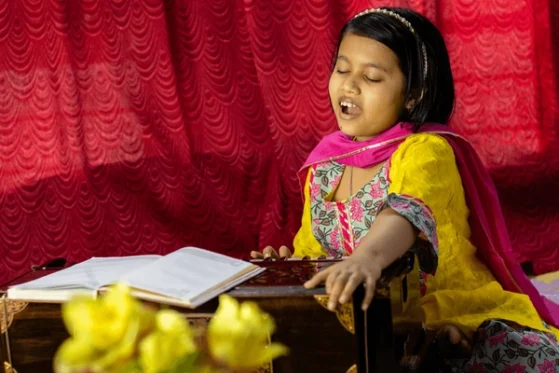
Enhanced Spatial-Temporal Skills
Spatial-temporal reasoning is the ability to visualize and manipulate objects in space and time. Hindustani classical music, with its complex rhythmic patterns and melodic structures, helps children develop these skills. By understanding and playing different talas, children learn to anticipate and mentally manipulate rhythmic cycles, which in turn enhances their spatial-temporal reasoning abilities. This cognitive skill is crucial for problem-solving and mathematical reasoning.
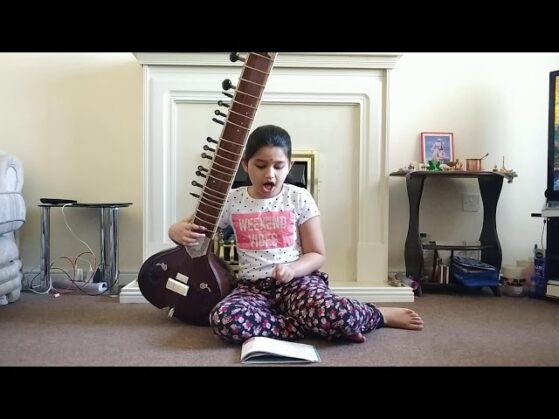
Boosted Emotional Intelligence
Hindustani classical music is deeply expressive and can evoke a wide range of emotions. Engaging with this music helps children develop their emotional intelligence by teaching them to recognize, express, and manage their emotions. The practice of understanding and conveying the emotional nuances of different ragas also fosters empathy and emotional awareness, which are vital components of emotional intelligence.
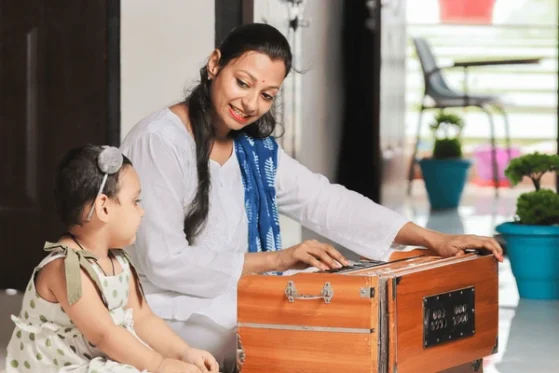
Improved Linguistic Abilities
The linguistic aspects of Hindustani classical music, including the use of specific terminologies and the practice of singing intricate lyrics, contribute to enhanced linguistic skills. Children exposed to this form of music often develop a richer vocabulary and improved language comprehension. The ability to articulate complex musical concepts and lyrics can translate into better communication skills and a stronger grasp of language structure.
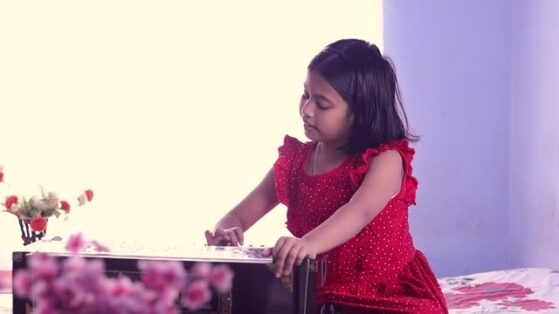
Cultivation of Discipline and Patience
Learning Hindustani classical music requires discipline and patience. Children must practice regularly, adhere to structured learning processes, and strive for perfection in their performances. This rigorous training instills a sense of discipline and perseverance, qualities that are transferable to other areas of life, including academics and personal development.
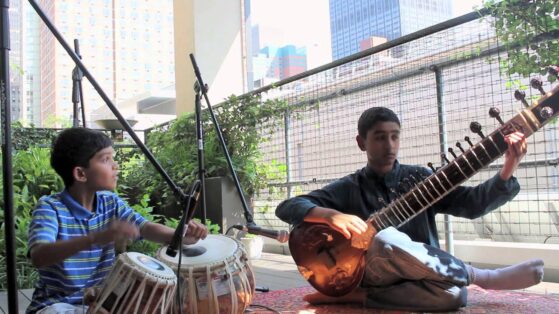
Promotion of Creativity and Imagination
The improvisational aspects of Hindustani classical music encourage creativity and imagination. As children learn to explore and create variations within the framework of a raga, they develop their creative thinking skills. The ability to improvise and experiment with different musical elements fosters a sense of creativity that can be beneficial in problem-solving and artistic endeavors.
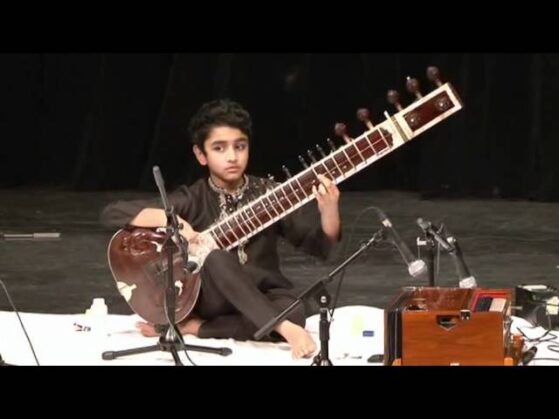
Social and Cultural Awareness
Exposure to Hindustani classical music also helps children develop social and cultural awareness. By learning about the history and cultural significance of this music form, children gain a deeper appreciation for diversity and cultural heritage. This understanding can promote inclusivity and respect for different cultural practices.
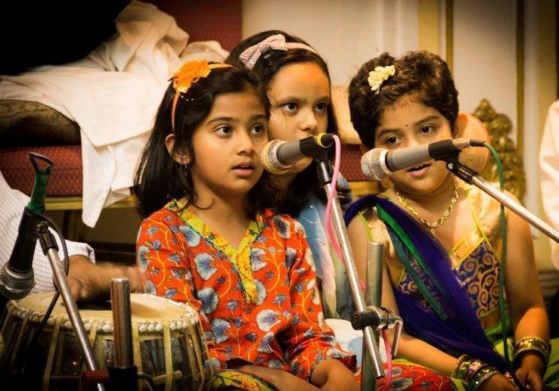
Conclusion
Integrating Hindustani Classical Music into children’s lives offers numerous cognitive benefits that go beyond just music. This ancient art form enhances memory, concentration, emotional intelligence, and creativity, providing a holistic approach to cognitive development. At The Mystic Keys, we believe in embracing these timeless traditions to help young learners unlock their full potential. By exploring the profound impact of Hindustani classical music, we can support children’s growth and development, nurturing essential skills that will benefit them throughout their lives.
For more information and exciting resources about learning music, visit our website at The Mystic Keys. For more music content and exciting offers follow us on


